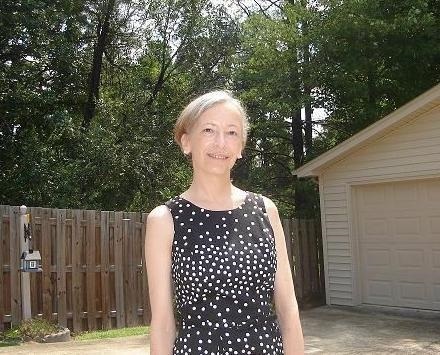
On June 12, 2014, I had my annual mammogram. Later that day, I found a rubbery lump in my right breast.
Three days later, I learned (by letter) that my mammogram was normal. Still concerned about the breast lump, I made an appointment with my primary care physician. On exam, I had a low grade fever with breast and axillary lymphadenopathy. I was prescribed Bactrim DS for a presumed bacterial infection.
Antibiotics had no effect and I was referred to a breast surgeon who told me that my mammogram was “beautiful” and the palpable breast lump was “nothing worrisome.” Nevertheless, she referred me for an ultrasound that was read as entirely normal.
Two weeks later, I had a routine appointment with my GI doc. Short story: My GI doc examined my breast lump and described it as “an almost sausage-shaped thrombus.”
I went back to my primary care physician and was sent for lab work (D-dimer) and a Doppler ultrasound of my right arm. When those tests were normal, I asked for a repeat breast ultrasound. I was sure my previous ultrasound had been technically inadequate and I insisted on a repeat study.
On July 18, 2014, my repeat breast ultrasound showed a discrete but “clinically insignificant” abnormality. The radiologist said he was 99.9% certain the abnormality was benign (fat necrosis). I said I was 99.99% certain it was cancer, and then I challenged him to biopsy it and prove me wrong.
On July 22, 20014, my breast biopsy was performed by a radiologist who assured me that no lesion like mine had ever turned out to be cancer.
Three days later, I was told I had a grade 2 invasive ductal carcinoma with micropapillary features, ER+ (100%), PR+ (20%) and Her2-. The pathology report indicated that vascular/lymphatic invasion was probably present (and it was; my current diagnosis is Stage 2B breast cancer, T2, N1mi).
Moral of the story: Be your own best advocate. There’s no way to be sure a breast lump is benign without a biopsy.
Durham, NC